10 Family Habits that Foster Lifelong Readers
A love of reading comes naturally for some kids and not-so-naturally for others, but you can do a lot to make your home a space where reading is an important part of everyday life.
A love of reading comes naturally for some kids and not-so-naturally for others, but you can do a lot to make your home a space where reading is an important part of everyday life.
1. Curate Book Baskets and Shelves
Especially for younger kids and reluctant readers, walking into a library or confronting a full bookshelf can be intimidating. A sparse bedroom shelf lined with books whose covers face out can help a child locate a book for independent reading time that matches up with that week’s interests. Curated book baskets are wonderful for giving kids choices within limits that help reading seem friendlier.
A few book basket ideas:
Teething-friendly books for the youngest readers
A selection of readers — any of which would work for your emergent or beginner reader’s current level
Books about trucks, puppies, bugs, or ponies — whatever your child’s current interest
A selection of books that fit bathroom reading criteria — books divided up into short selections that are funny or interesting (like comics)
A basket of WWII historical fiction choices to complement WWII history study
2. Never Leave without a Book
Richard Larson, a professor who studies queueing theory at MIT, says that the average person spends a cumulative 1 to 2 years of life waiting in lines. Startling statistics aside, I think we can all agree that we spend lots of time waiting — waiting at the dentist, waiting for takeout food, waiting in the car for a train to pass. Sure, that time could be spent playing Candy Crush or scrolling through Facebook (or picking a fight with your sibling), but wouldn’t it be better spent reading? Make it a rule that everybody leaves the house with something to read.
3. Celebrate with a Bookstore Visit
You may think I’m a monster, but I told my kids at the outset that there is no Tooth Fairy. Of course, they still want to cash in on their discarded teeth, though, so I like to offer them a trip to the used bookstore instead of money. While we’re there, I’ll offer to pay for a few 75 cent readers of their choosing. There are a million little things in life that we celebrate as families. It’s wonderful to attach some of those small celebrations to books.
4. Institute the Weekly Library Visit
Make Library Day a thing that happens every week on the same day. Not only will regularity make it a valuable part of the routine, but it will also help you stay out of trouble with overdue fines.
5. Subscribe to Magazines
We adults get inundated with mail, but getting mail is so special to kids. Tap into that feeling of specialness and create positive connotations with reading by getting a magazine subscription for each child.
6. Make Readaloud Time Part of the Routine
Readaloud time is one those things that’s easy to let slip past, so we need to build it into our daily routines. At our house, we have two read-aloud times. We start the school day with historical fiction related to our unit of study and read fiction that’s more focused on entertainment value at bedtime.
7. Make Independent Reading Time Part of the Routine
We all want our kids to spend time reading, but sometimes we forget to make time for it to happen. Just like read-aloud time, we have to make independent reading time a family norm that has its own space set aside in the day.
8. Listen to Audiobooks in the Car
I will admit that I resisted audiobooks for a long time. I didn’t have the right technology in my car, the library didn’t have the best selection, blah, blah, blah. I actually decided to suck it up and give audiobooks a try in the name of taming backseat squabbles. It worked to a degree I didn’t even imagine possible. Oh, and now we’re all digesting about two more quality books per month than we used to. Seriously, try audiobooks even if only for the peaceful car rides.
9. Read and Talk about Reading
This is directed toward the adults. If you want your kids to believe that reading is important and worthwhile, you have to model it. Make sure that kids have opportunities to see respected adults of both genders reading and valuing reading.
10. Geek Out as a Family about a Story
Later this summer, we’re (finally) visiting The Wizarding World of Harry Potter. Obviously, the day at the theme park will be magical in all senses of the word, but leading up to it, we are having so much fun immersing ourselves in the story together by reading the beautiful illustrated editions of the books, coloring Harry Potter coloring books, crafting wands out of mismatched chopsticks, watching the movies, and assembling Harry Potter jigsaw puzzles. Geeking out over a story as a family goes beyond just telling your kids that reading is important. It shows them that the world of the imagination is important, that reading is cool, that they can get lost in stories even when they grow up, too.
A Camus Reading List
Get uncomfortable with the absurdity of human existence and the essential Camus reading list.
Get uncomfortable with the absurdity of human existence and the essential Camus reading list.
Camus’s take on the essential absurdity of human existence can be equal parts crushing and liberating, part humor and part grief, part possibility and part entropy. Whatever it is, it’s never boring, and if you’ve got a teen who enjoys critical thinking, Camus’s writing can be a bridge to more academic philosophy. These books are a good place to start.
THE STRANGER
Meursault is an existential protagonist who acknowledges that there is no inherent meaning in life — but unlike Camus himself, this antihero isn’t inspired to try to make meaning. Instead, he makes the people around him uncomfortable and afraid by refusing to engage in accepted social behaviors, such as mourning the death of his own mother. The brutal, blunt language reinforces the blunt, brutal reality of a meaningless existence, setting the terms of a philosophical discussion that continues today.
THE PLAGUE
The darkness of human existence is present again in The Plague, but so is the radiance and nobility of human goodness. When an epidemic quarantines an Algerian city, the residents are forced to confront their morality, their relationships, and the meaning of life.
THE MYTH OF SISYPHUS
Confronted with meaning- less existence, man must learn how to live with death at the end of it—no easy task, and one that requires an absurd hero. Enter Sisyphus, the Greek figure doomed to endlessly push a rock up a hill, starting the process anew each day. Camus’s essays in this collection embrace the complex and baffling nature of life without underlying meaning.
CALIGULA
In Camus’s weird drama, his absurdist philosophy plays out through the life of the infamous Roman emperor, who realizes when his beloved sister dies that all humans ultimately die miserable at the end of meaningless lives. Caligula responds with the cruelty and violence that would ensure him a page in history, using depravity to battle his philosophical desperation.
How To Turn Reading Into Learning
There’s no one right way to use all that reading you already do to help your kids absorb information, think critically, and start making connections, but here are six strategies to get you started.
This graphic is from the fall 2017 issue of HSL.
Blood-Sucking Reads
Trace the literary history of vampires in popular fiction.
Trace the literary history of vampires in popular fiction.
1819
THE VAMPYRE: A TALE by John Polidori
Perhaps inspired by his pale and irresistible patient Byron (who was originally mis-named as the book’s author), physician Polidori penned this novel about the decidedly Byronic Lord Ruthven as part of a story writing contest at the Shelleys’ summer digs on Lake Geneva.
1847
WUTHERING HEIGHTS by Emily Bronte
The story-spinning housekeeper suspects Heathcliff of being a vampire, and his predatory nature and inexplicable charisma do match up to the suave, languid vampire Polidori created.
1872
CARMILLA by Sheridan LeFanu
A young woman falls prey to an irresistible vampire in a crumbling castle in this novella—only this particular vampire happens to be a young woman.
1897
DRACULA by Bram Stoker
He wasn’t the first vampire, but his story establishes big pieces of vampire mythology, including garlic, stakes, and the vampire hunter Van Helsing. It’s also worth noting that Dracula is no longer a laconic Englishman but a creepy Transylvanian outsider.
1953
I AM LEGEND by Richard Matheson
Matheson imagines vampirism as a type of blood disease that — ultimately — makes real humans the monstrous, violent minority in this book, which manages to be a vampire novel and a zombie apocalypse prototype.
1975
INTERVIEW WITH A VAMPIRE by Anne Rice
The Vampire gets complicated when he tells his own story — he’s not just a fiendish bloodsucker but a tortured hero, conflicted about his addiction to blood.
1979
BUNNICULA by Deborah Howe and James Howe
Vampires are funny and kid-friendly in this story about a vegetarian vampire who regularly sucks dry the contents of the produce bin.
2005
FLEDGLING by Octavia Butler
Butler uses the world of vampires to explore racism through the story of one young vampire who happens to be the only one of her kind with dark skin.
THE HISTORIAN by Elizabeth Kostova
Vampires get literary in this genre- bending novel that’s both an ode to the addictive pleasures of research and academia, a richly detailed historical fiction tale, and a classic Gothic novel.
(We’re Amazon affiliates, so if you purchase something through an Amazon link, we may receive a small percentage of the sale. Obviously this doesn’t influence what we recommend, and we link to places other than Amazon.) This list was originally published in the summer 2018 issue of HSL.
5 Ways to Read Robinson Crusoe
It’s been 300 years since Daniel Defoe introduced the world to the globe-trotting adventures of an Englishman with serious wanderlust. We keep reading his story because there are so many different ways to read it.
It’s been 300 years since Daniel Defoe introduced the world to the globe-trotting adventures of an Englishman with serious wanderlust. We keep reading his story because there are so many different ways to read it.
It’s been 300 years since Daniel Defoe introduced the world to the globe-trotting adventures of an Englishman with serious wanderlust. We keep reading his story because there are so many different ways to read it.
... as an adventure story
Robinson Crusoe kicked off an entire literary genre that’s still very much alive and kicking today. (It’s no coincidence that the Lost in Space family has the surname Robinson.) Note the tropes Defoe introduces: The headstrong young man in search of adventure, the shipwreck/crash that only our narrator survives, his struggle to make a life in an alien place with limited tools and lots of ingenuity. These tropes defined a new genre, whose modern-day descendants include works like The Island of the Blue Dolphins, The Martian, Hatchet, and Gilligan’s Island.
... as a proto-novel
Robinson Crusoe is almost-but-not-quite a novel, and this can make it a fascinating read. The 18th century was a bubbly cauldron of literary possibility, and many of the seeds of the novel appear in Crusoe’s adventures — perhaps most notably the idea that the life of an ordinary person could be a story worth telling. Defoe takes several kinds of literature from his time — travel narratives, journalism, historical accounts — and mashes them up to create an early novel. Defoe experimented with all kinds of literary forms, but it’s his early novels that have had the biggest influence on the world of literature.
... as a discussion of 18th century morality
During times of hardship, Crusoe is drawn to his Protestant roots, seeking comfort and forgiveness in religion — but when the storm (literal or figurative) ends, he’s back to making his own decisions without much fuss about their morality. The 18th century, coming on the heels of the Scientific Revolution, marks an interesting period in the history of religion, and Crusoe is an apt representative of its shifting status from central guide to moral suggestion.
... as a colonialist narrative
James Joyce saw Defoe’s Crusoe as a representative of the British Empire as a whole (and Joyce didn’t mean that as a compliment to the adventurer): “The whole Anglo-Saxon spirit in Crusoe: the manly independence, the unconscious cruelty, the persistence, the slow yet efficient intelligence, the sexual apathy, the calculating taciturnity” gave Joyce, writing in the early 20th century, pause, and reading about Crusoe’s role in the slave trade and his relationship with his indigenous companion should give us pause today, too.
... as an assertion of individuality
Perhaps Crusoe’s greatest contribution to literature is that bold first-person “I:” Crusoe tells his own story, in his own words, and he does — sometimes to his detriment — his own thing, based on his own urges and desires. It’s because of Crusoe’s individuality that he’s able to survive on a lonely island for so long, recreating a form of English civilization in the wilderness, and it’s because of his individuality that he’s not content to sit at home and reap the rewards of his adventures when he’s finally returned to civilization.
(We’re Amazon affiliates, so if you purchase something through an Amazon link, we may receive a small percentage of the sale. Obviously this doesn’t influence what we recommend, and we link to places other than Amazon.) This was originally published in the spring 2019 issue of HSL. (And if you use the High School at the Academy curriculum, you know that Amy is kinda obsessed with all the ways you can read Robinson Crusoe!)
Photo: Wikimedia Commons
It Came from the Search Terms: September
What were people searching for on HSL in September?
I’ve seen other bloggers round this up, and I always enjoy it, so I thought we might do it, too. Here’s what people have searched for that brought them to HSL in September — with comments that may point them in the right direction!
Hero’s Journey movies
So maybe people are finding what they’re looking for in this post, but there are lots more movies that reflect the stages of the hero’s journey. The Hobbit (even though it didn’t need to be split into three movies!) is a good one; see also:
The Lion King (which manages to be a hero’s journey narrative even though Hamlet — on which it’s loosely based — ISN’T really a hero’s journey narrative, which would totally be a fun thing to discuss with a high schooler)
O Brother Where Art Thou (which may be cheating a little since it’s based on The Odyssey, arguably the original hero’s journey)
Buffy the Vampire Slayer (the 1992 movie)
Geography books for middle school
In fact, I’m not sure books are the best tools for middle school geography. Books can be a great way to introduce geography to younger students — the Sleeping Press state books are really delightful, for example — and for digging into the nuances of geography with older students (How to Lie with Maps and The Map the Changed the World are fascinating options), but for middle school, I think doing trumps reading for studying geography. Obviously mapping places is part of this, but I love hands-on projects like clothesline geography, landscape in a box, and role-playing geography adventures like planning a climbing trip to Mount Everest.
Nature study curriculum
I’ve been reading a lot of Emerson and Thoreau lately, and I feel like they’ve illuminated a problem for me of secular homeschooling: Really nature-y nature study curricula get all religious about nature. I feel like some of that comes from this Emersonian notion that spending time in Nature (with a capital N) is necessarily a spiritual experience. So it’s maybe not surprising that a 100% secular nature study curriculum is hard to find. So here’s what I’d do — unless you just want to grab a copy of The Nature Connection, which isn’t a curriculum, but which has served as one for us for many years: Pick a topic each year, and dig into it together. One year, you might study bugs — hit the library for books, sign up for any bug-related classes at your local nature center, curate a collection of bug photos from your neighborhood, watch documentaries about bugs, build an ant farm, go on a bug hunt in your nearest green space every day — basically make thinking about bugs part of your regular routine. The next year you could tackle trees (and make a big leaf book, take bark rubbings, etc) or weather (build a barometer, measure your backyard rainfall, keep a sky chart, etc.). Instead of a curriculum, work on making nature study part of your routine, and develop in the directions that follow your child’s interest.
What did Vikings give each other as gifts?
I’m guessing people end up here because of our Norse mythology gift guide, but the answer to this question (which I had to research a little) proves to be pretty interesting. We think of Vikings as pillagers and plunderers, but gift-giving and hospitality were an important part of Viking culture, too. In The Tale of Audun from the West Fjords (an Icelandic saga that dates back to the 1200s C.E. in written form), Audun is given generous gifts by King Svien of Denmark, including the gold bracelet from his own arm. In Njáls saga (c.1280), King Harald of Denmark gives the warrior Gunnar some of his own clothes, a pair of embroidered gloves, and a “Russian hat.” What’s interesting is that in both these cases, we see two ideas that recur in Viking gift-giving: First up, gifts definitely come with strings attached — gifts are repayments for favors given or down payments on future favors. And second, the most meaningful gifts aren’t things you go out and procure, but things you own and love, making giving them to someone else a little bit of a sacrifice. That’s why so many gifts involve clothing and ornaments. So there you go.
(We’re Amazon affiliates, so if you purchase something through an Amazon link, we may receive a small percentage of the sale. Obviously this doesn’t influence what we recommend, and we link to places other than Amazon.)
How to Start a Family Book Club
Our family book club has been a great part of our homeschool life for the past seven years. Here’s how you can start a book club for your family.
For homeschoolers, reading is a way of life. So the idea of a family book club— a regular reading discussion group around your family’s kitchen table—can either sound like the most brilliant idea ever or like literary overkill. In fact, it’s just logical. We’ve been running our family book club since 2012 — our first book was Lloyd Alexander’s Time Cat; right now, we’re reading Hilda and the Troll, my son’s pick for January — and it’s become a much-loved part of our homeschool life.
A family book club helps you navigate that magical middle ground between the books you read to learn something and the books you read for fun — the place where real literary criticism and analysis happens. “Book clubs don’t just encourage us to read—they encourage us to form opinions about what we read and to express and support those opinions,” explains Jan LaBonty, a professor in the School of Education at the University of Montana. Kids who’ve spent evenings arguing about whether it matters why the Pigeon wants to drive the bus or how the Sisters Grimm series changes traditional fairy tale characters and what those changes might mean, won’t be fazed when someone asks them to talk about symbolism in Hemingway’s short stories or to discuss narrative reliability in The Catcher in the Rye.
We tend to save that kind of literary analysis for high school, but starting early can have big benefits. For one thing, it makes reading a much more interactive and exciting experience. For another, this kind of critical thinking naturally lends itself to conversations about big ideas — those things you really want to talk about with your kids but that can feel kind of awkward when you bring them up without context. Reading a book like Catherine, Called Birdy — about a 14-year-old girl trying to resist an arranged marriage in medieval Europe — lets you talk about the challenges of growing up and the importance of balancing what your parents want with what you think you need. When you talk about a book like Holes, you have the opportunity to really think about bullies and adults who abuse their authority. Because you’re talking about fictional characters and situations, sensitive topics aren’t as emotionally charged.
“Parents who participate in a book club with their kids send the message that they think their children’s opinions and ideas are worth the time it takes them to read, listen, and respond,” says Eric Meadows, a reading specialist for the New York City public school system. “Book clubs build trust and communication skills between children and their parents.”
Starting a family book club is as easy as choosing your first book — which, for some of us, isn’t all that easy. Balancing a range of ages, interests, and time commitments can be a challenge. If you have non-readers, you may need to track down an audiobook or make time for readalouds in order for everyone to participate. Finding books that appeal to a teenager and a preschooler may be a challenge. Like any homeschool project, you’ll want to tweak and adjust your book club to make it work for your particular family.
If you’re new to literary analysis, downloading a reading guide for the book you’re reading can help you steer the conversation — though after a book or two, you’ll probably be good at coming up with your own questions and talking points. Set a different family member as moderator for each meeting — you may want to go first to model moderator behavior, but everyone should get a turn. Some kids may want a list of questions ready to go for their turn as moderator; for other kids, part of the fun will be coming up with their own discussion points. Chat with your moderator in advance so you can come up with a plan together. The moderator may have ideas about what food and drink to serve (veggie dogs for The Pigeon Finds a Hot Dog! pancakes for Pippi Longstocking) or an activity to go with the book, or it may work better in your family to have the moderator focus on the discussion and someone else take over the food and activities. (An activity may seem silly, but having something to do with your hands while you’re talking can actually make it easier to keep the conversation going. We had a particularly great conversation building Lego Roman villas while discussing The Thieves of Ostia.) There’s really no wrong way to do it, so experiment until you find a plan that works for you.
The key to a successful family book club is to keep pushing each other. “Did you like the book?” is an interesting question, but “What did you like about this book?” is a much more interesting one. Read passages you like aloud to each other. Say, “This part just didn’t make sense to me. What did you think about it?” Talk about the plot: What happens in the book? Is it logical? Where it’s not logical, are you willing to cut the author some slack? Talk about the characters. Do any of them change over the course of the story? Does your perception of them change? Which characters are the most interesting? Which characters are likable? Which aren’t? Does their likability correspond with whether the characters are good or bad? Talk about the language the author uses. Why does she use one word to describe something and not another word? What does she include that you think is unnecessary? What does she leave out that you really want to know? Read the first paragraph together out loud. Did the book end up where you thought it would after reading that first paragraph? Sometimes, the moderator might ask everyone to bring in a song or a poem that reminds them of the reading. Sometimes, you might want to watch a movie adaptation of a book you’re reading.
Books with historical settings can make great book club reads, but don’t treat them like an additional history class. Focus on the merits of the book itself, and consider the role that history plays in the book. Treat books about different cultures or different countries the same way — if you have information to share, that’s great, but the goal is to talk about the book itself, not to research the history/culture in the book. (There’s nothing wrong with doing research if you get excited about something, but it shouldn’t be a requirement for participating in book club.)
It’s also important to acknowledge that there will be times when kids just plain don’t like a book or can’t get into it, and it’s important to be respectful of that. (Come on, do you really always finish the book for your own grown-up book club? If you’ve never skimmed the last hundred pages of a book club read, you’re a better person than I am.) Kids can stop halfway through a book — but they have to do it in a meaningful way that respects the spirit of book club. Kids should be prepared to discuss why a book ended up in their DNF file: If the book was “boring,” what specifically made it boring? Were the plot or the characters too predictable? Were there lots of long descriptions that got in the way of the plot? Talking about why a book isn’t appealing, why you didn’t care about what happens next, can be as meaningful as analyzing what you liked about a book.
Finally, be wary of making book club an extension of structured school time. You don’t want it to feel like homework. At its best, book club is a fun family project — like movie night or Lego Friday, it’s something you should look forward to having on your to-do list. That means that instead of nagging — “Shouldn’t you be reading your book club book?” — you show the rest of the family that book club is worth doing by reading the book yourself. Invite the kids to snuggle up with you and read, too; post your questions about the book on the fridge; mention what you’re curious about from your reading as you’re running errands. If you’re interested, you’ll spark their interest, too.
5 Tips for a Great Family Book Club
After seven years of family book clubs, I can attest that these strategies will help keep things running smoothly.
Give everyone a voice. Everyone should take a turn choosing the book and leading the conversation. It’s not going to kill you to read Captain Underpants and the Perilous Plot of Professor Poopypants any more than it’s going to kill your 12-year-old to tackle Emma. And if you want your kids to read your books seriously and give them a fair shot, you have to be willing to do the same thing with their picks.
Don’t only pick books you like. Talking about books you don’t like—and why you don’t like them—can lead your conversation to some pretty interesting places. Along those same lines, don’t choose a book that you absolutely love. Hearing the rest of your family grumble about something you adore can be surprisingly difficult.
Make it a party. Making a whole production out of book club — even if this means doing it quarterly rather than monthly — gives this project sticking power. Serve book-themed snacks and encourage the kids to decorate your discussion area. We kept an excitement chart on our dining room wall for years where we plotted every book we read in comparison to previous reads.
Invite special guests. Grandparents, neighbors, and friends can be a great addition to your family book club now and again. We mostly keep book club for the four of us, but my philosopher friend Skyped in when we read The Book of Chuang-Tzu and my daughter’s friend, who recommended The Red Pyramid to us, was excited to join us for our discussion of it.
Use a talking stick. One of the challenges of any book club is making sure that everyone gets a chance to talk. To prevent your club from talking over each other or to keep one excited speaker from monopolizing the conversation, use a talking stick (or, if you’re us, a talking Perry the Platypus plushie). Whoever’s holding the stick should be the only one talking.
(We’re Amazon affiliates, so if you purchase something through an Amazon link, we may receive a small percentage of the sale. Obviously this doesn’t influence what we recommend, and we link to places other than Amazon.)
Re-Energize Language Arts at Your House with Service Learning
Maggie has some great ideas for giving your student’s writing a boost with a combination of project-based learning and community service.
Maggie has some great ideas for giving your student’s writing a boost with a combination of project-based learning and community service.
“Why do I have to do this?”
Maybe you’ve gotten this complaint disguised as a question from your homeschooler. Honestly, it’s not a bad question. You and I understand that completing just about any writing project in earnest builds the writing muscles kids will need to be skilled writers for advanced academics and life as a successful adult, but for kids it may not always feel that way.
Just like all of us, kids want authentic experiences. They want their work to have a life beyond being just a checked off requirement on a teacher-parent’s to do list. And just like us, kids want to feel that what they do is meaningful and that it helps someone else.
If you find that language arts has lost its luster at your house, consider trying a service learning project. What is service learning? Service learning is a project-based approach to education that incorporates community service. Kids who complete service learning projects make real-world connections to what they’re learning about. It’s a chance to do work that’s really meaningful and a chance to build kids’ self esteem by seeing that they are capable of easing someone’s loneliness or anxiety, of making a difference in the life of someone else.
As with all project-based learning, to get the most out of the project, it’s best to turn over as much ownership as possible to the student. From choosing a project to delivering the final product, the adult’s role is to offer guidance and mentoring, and students should be doing the work. After all, it’s the person doing the work who does the learning.
Ready to give it a try? Here are a few ideas to inspire you and your kid:
Record an older person’s stories
Visit with an elderly person, perhaps a lonely family member or a resident of a nursing home or assisted living facility. Prepare a list of questions, consider interesting historical events that your subject may have experienced, and bring a recording device along or take notes as you listen to your subject. After your interview, polish what you have learned into an interesting narrative that incorporates imagery and dialogue. Present your subject with a copy of your finished product.
Read to shelter animals
Connect with your local animal shelter to volunteer your time reading to shelter pets. My own kids are eager participants in our local Humane Society’s “Reading Team.” Kids enjoy reading to the animals, and animals benefit from the human socialization by becoming more adoptable.
Write a brochure for your co-op for new kids
Being the new kid anywhere can be daunting. Create a brochure that can be distributed to kids who are new to your co-op that helps them understand the rules, culture, and opportunities.
Write a play (perhaps a retelling of a favorite story) and perform it for seniors
Adapt a beloved story into a script or create a drama of your own. Practice, practice, practice, and then perform your creation at a senior center, adult daycare, assisted living facility, or nursing home.



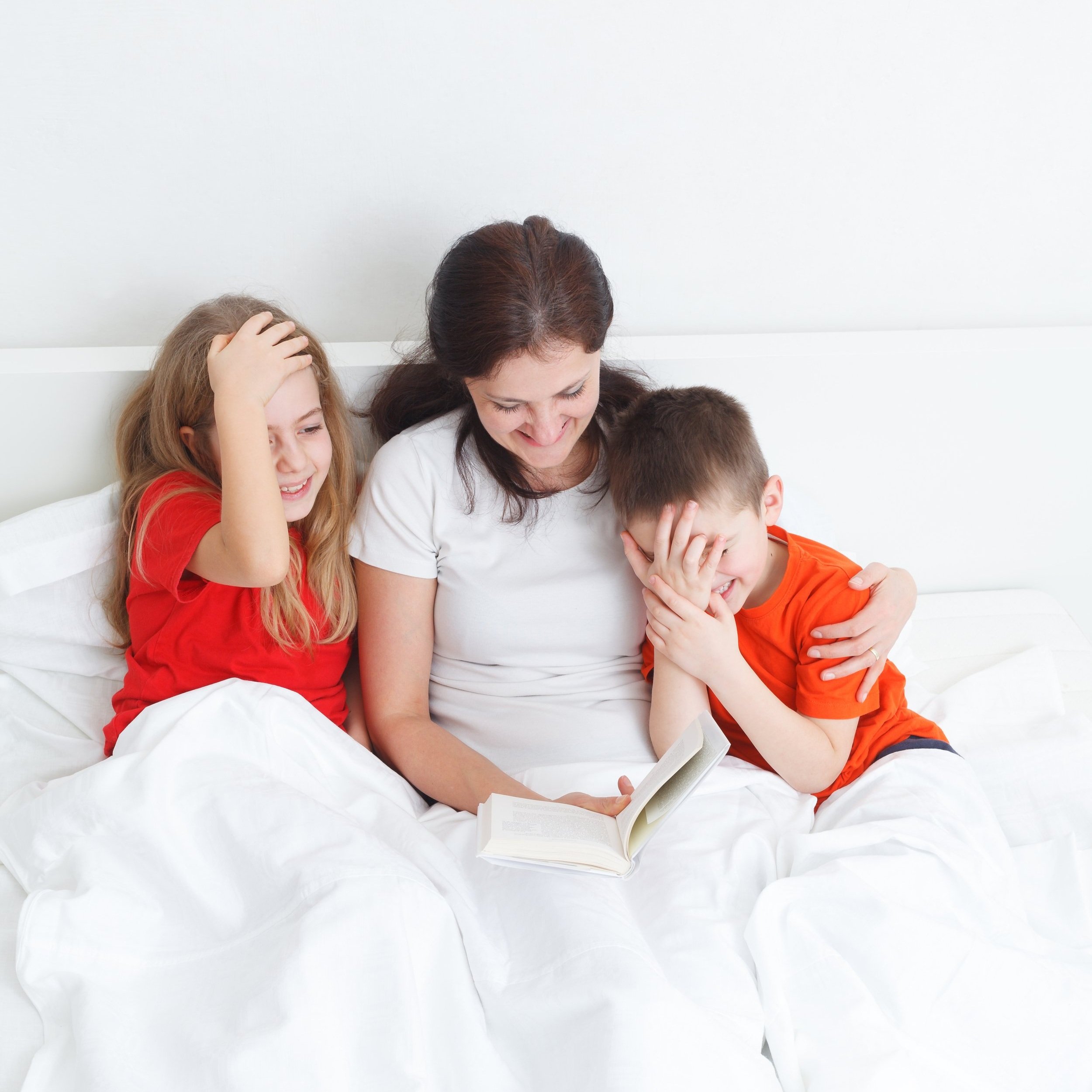

































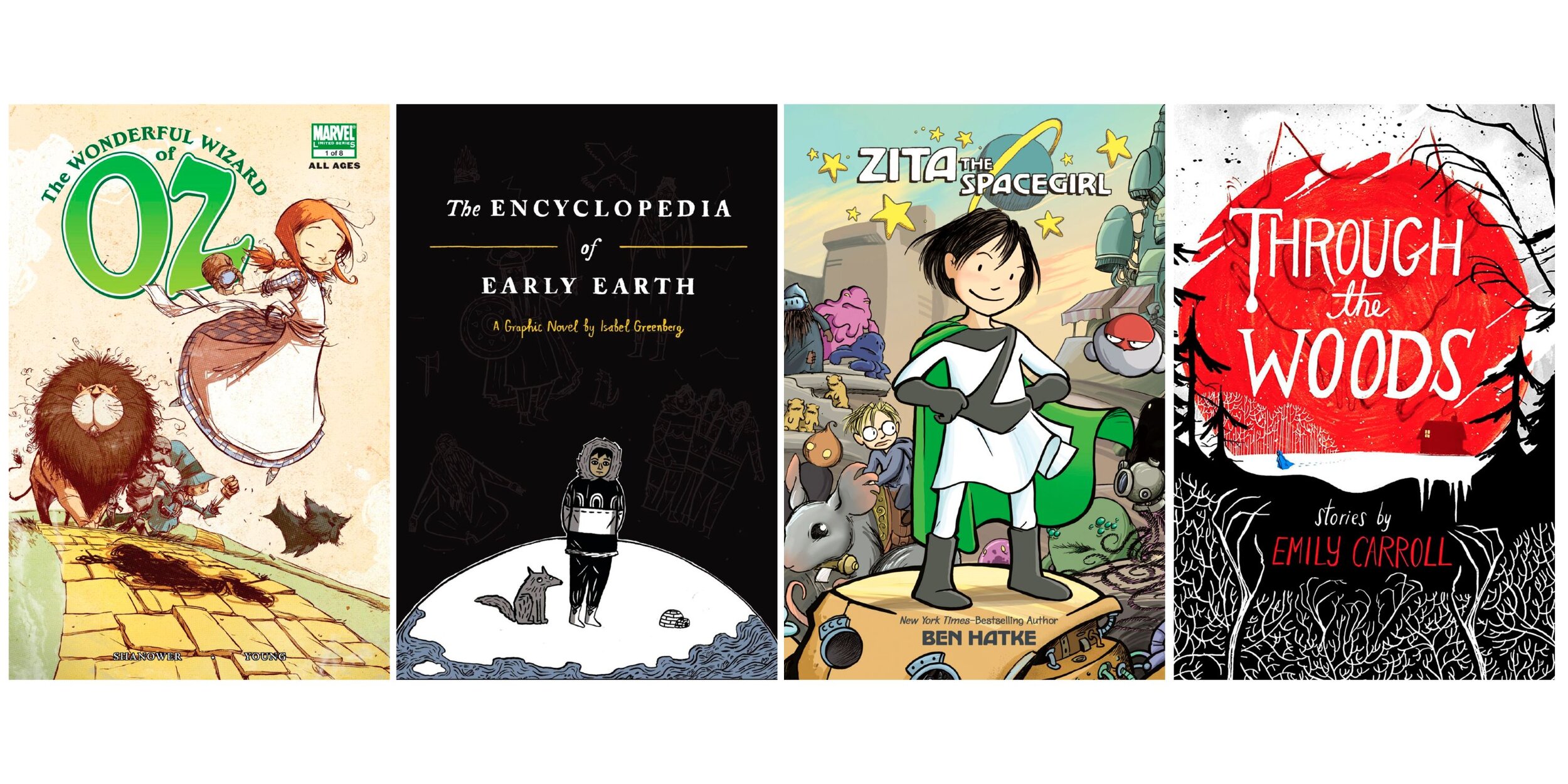










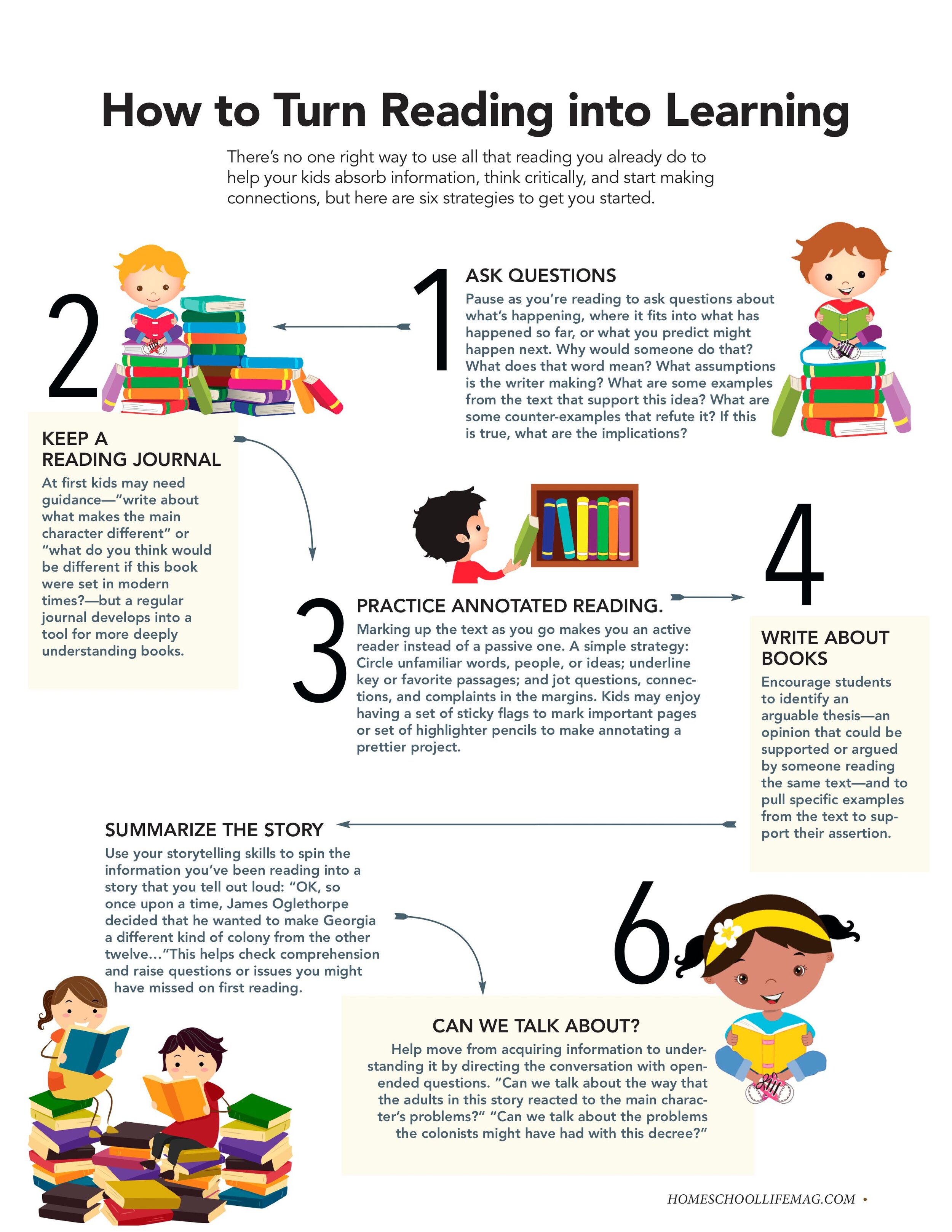
















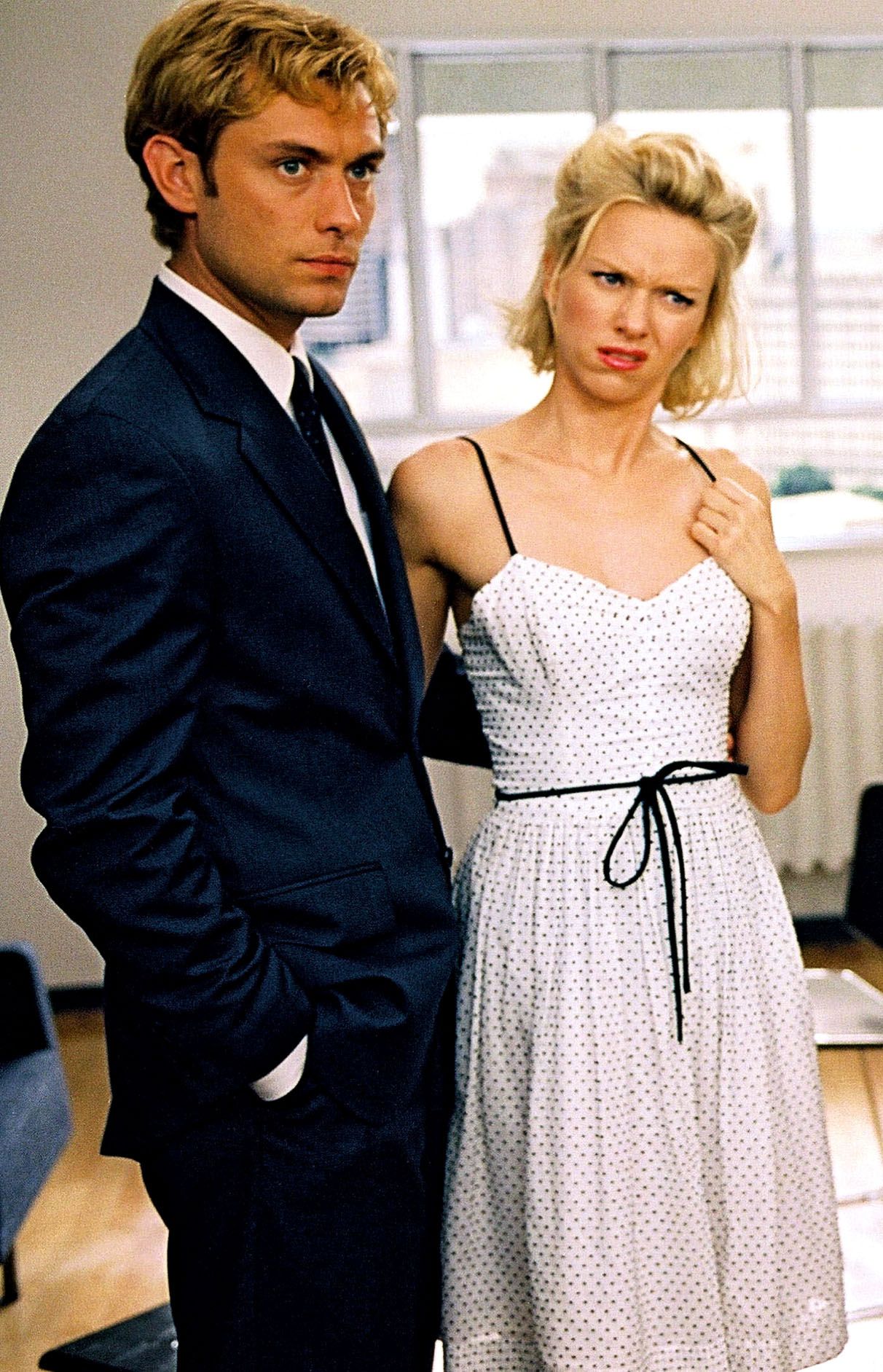





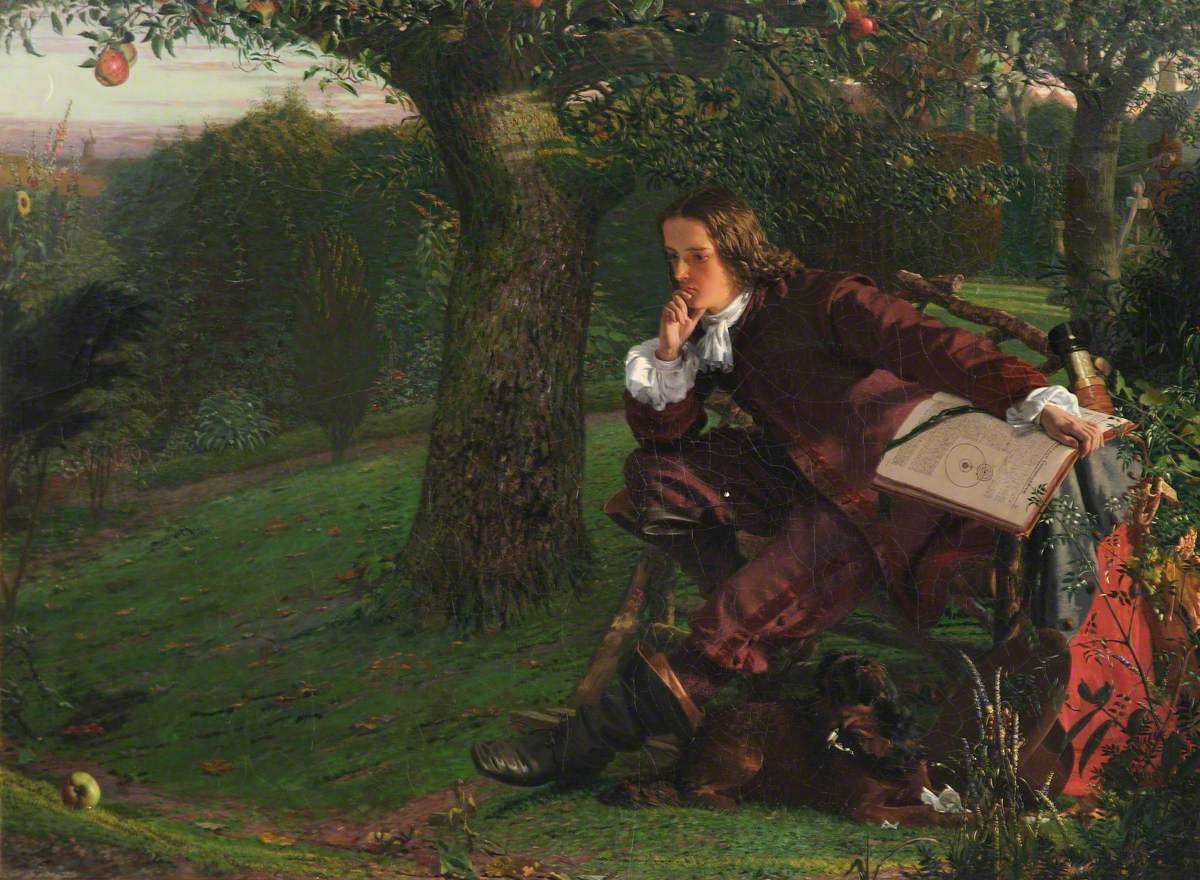
















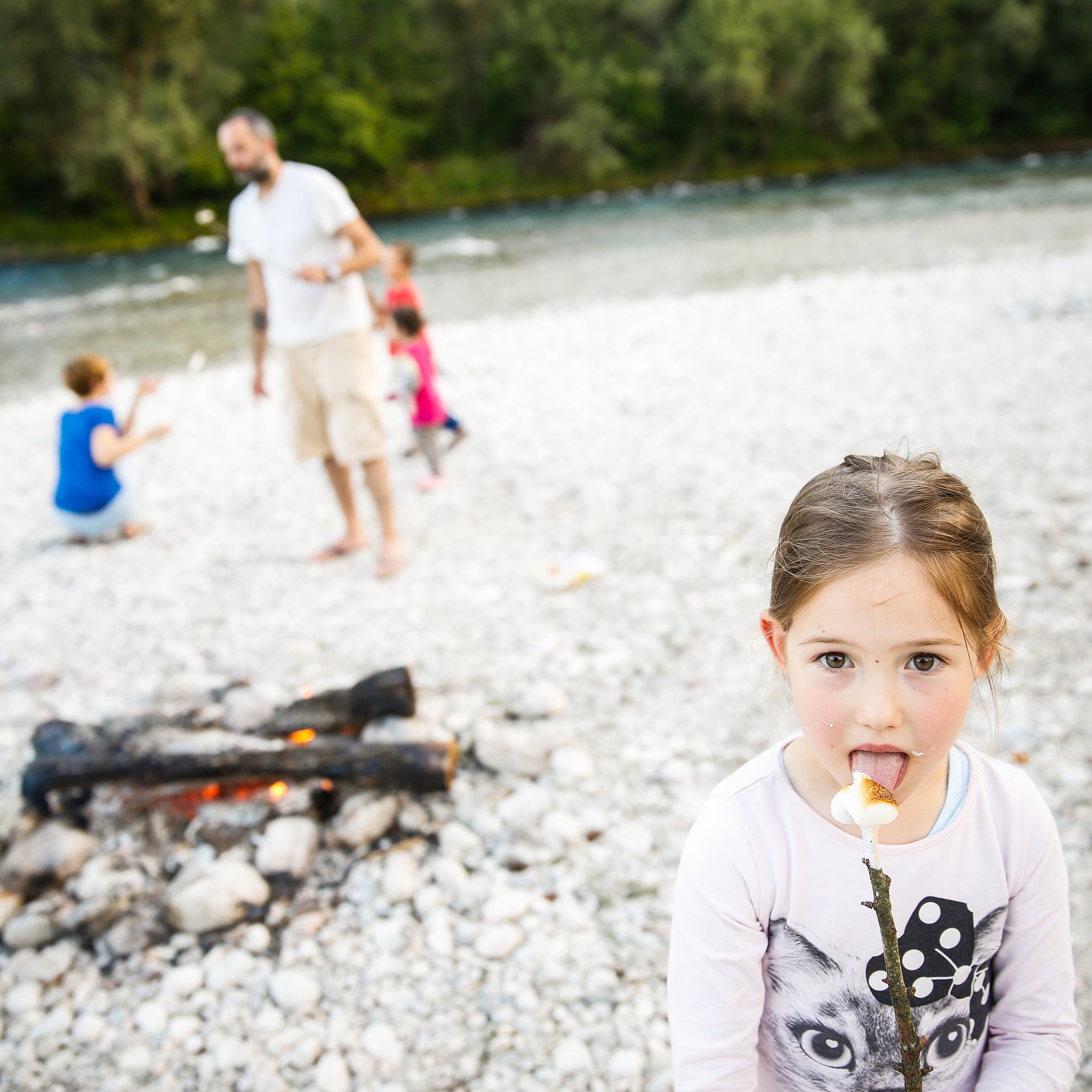












This is the curriculum for you if:
You’re a little nervous-cited about homeschooling middle and high school.
You’re looking for decolonized secular homeschool curriculum and resources.
You don’t want to lose the homeschool magic just because you’re in the homeschool home stretch.
What you’ll find inside:
Files: Reading Guide, How to Read a Book, Writing a Compare/Contrast Essay
6-week reading plan with discussion questions and activities
Introduction to mystery novels, including literary terms you should know
End-of-book discussion questions
Final project guide
Resources for further study
What you’ll need to provide:
Book: And Then There Were None by Agatha Christie
Movies: Glass Onion (2022), Murder on the Orient Express (2017)
Credit recommendation: 0.25 literature credit
Placement recommendation: This is designed as a rigorous reading guide for high school students. While most books can be a fun study for students of all ages, this unit asks students to use critical reading and thinking skills that most students won’t be ready to flex this way until late middle school or high school. Ideally, students should have some familiarity with annotated reading, textual analysis, and writing about literature going into this unit.
For secular homeschoolers who want a fun, decolonized, rigorous way to homeschool high school and middle school, home/school/life’s Deep Thought is the progressive high school curriculum that does the academic heavy lifting so that you can enjoy the fun stuff. Unlike other high school curriculum, home/school/life’s Deep Thought curriculum teaches students how to learn, not just what to learn and makes big academics surprisingly fun for the whole family.
All curriculum materials are digital and downloadable. Because of this, all sales are final. If you have questions, please ask before you buy.